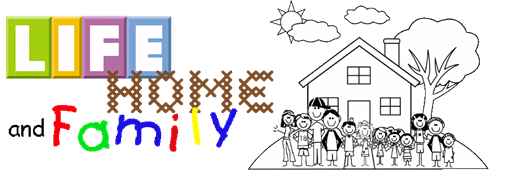These treatments are for minor burns, if clothing is melted into skin, if the burned surface is large, if the pain is severe, just go to the hospital!
You can treat most 1st and 2nd degree burns yourself, 3rd degree burns need medical attention. Here are some ways to gauge how badly you are burned.
First degree burns, like most sunburns and scalds, are red and painful
second degree burns, including severe sunburns or burns caused by brief contact with oven coils, blister, ooze, and are painful
Third degree burns are charred and white or creamy colored. They can be caused by chemicals, electricity, or prolonged contact with hot surfaces. Usually they are not painful because nerve endings have been destroyed, but they always require a doctors care.
Other burns that require a doctor include:
Burns on the face, hands, feet, pelvic and pubic areas,or in the eyes
Any burn that you aren’t sure is a first or second degree burn
Burns that show signs of infection, including a blister filled with greenish or brownish fluid, or a burn that becomes hot again or turns red.
Any burn that doesn’t heal in ten days or two weeks.
If you plan to see a doctor about a burn, wash it, but don’t use any ointments, antiseptics, or sprays. You can wrap it in a dry sterile dressing
If your house was on fire you would put out the flames, so when you are burned, do the same. The first thing to do is to stop the burning process. Lots and lots of cold water, 15-30 minutes or until the burning stops. But don’t use ice water it can make the burn worse. Once you’ve put the fire out, you’re halfway to healing. The coolness stops the burning from spreading through your tissue and works as a temporary pain killer.
If it’s a contact burn, run the injured part under cold water. If it’s hot grease or splattered hot material like battery acid or soup, remove the clothing that’s saturated first, wash the grease off your skin, then soak the burn in cold water. It the clothing sticks to the burn, rinse over the clothing, then go to the doctor, do not attempt to pull the clothing off yourself.
DO NOT BUTTER A BURN! Also no potato scrapings, vinegar, or honey!! Any of these old folk remedies will hold in the heat of a burn and make it worse
You can self treat a burn if it 1st or 2nd degree, smaller than a quarter on a child or smaller than a silver dollar on an adult. See your doctor for larger burns, or for burns on infants under 1 year or people over 60
Cover the burn – After you’ve cooled and cleaned the burn, gently wrap the burn in a clean dry cloth such as a gauze pad.
Then do nothing – for the first 24 hours a burn should be allowed to begin the healing process on its own
Help it heal – 24 hours after you burn yourself, wash your injury gently with soap and water once a day. Keep it dry and clean between washings
Soothe with aloe – 2 or 3 days after you burn, break off a fresh piece of aloe and use the plants natural healing moisture, or squeeze on an over the counter aloe. Both have analgesic action that will make your wound feel better. Do not use aloe if you are using blood thinners or have a medical history of heart problems
Make soothing solutions – When your burn is starting to heal, break open a capsule of vitamin E and rub the liquid onto your irritated skin. It will feel good and may prevent scarring. Or reach for an over the counter remedy such as Solarcaine
Dab on an antimicrobial cream – An over the counter antibiotic ointment will discourage infection and speed your healing.
Leave Blisters intact – Those bubbles of skin are nature’s own best bandage. If a blister pops, clean the area with soap and water, then smooth on a little antibiotic ointment and cover.
